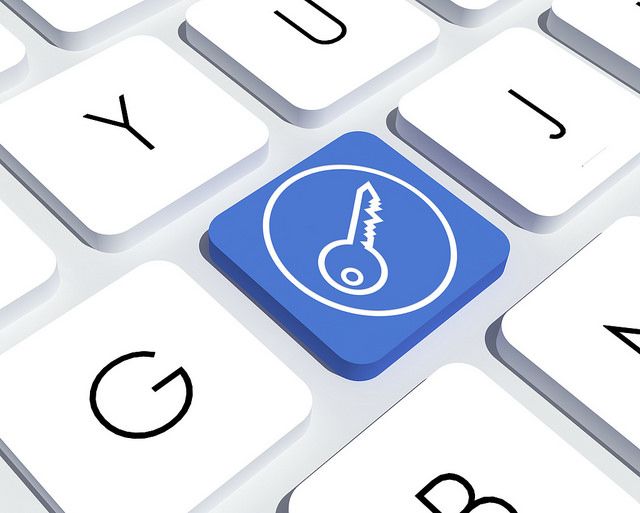In the past, I've written about various ways your passwords can be stolen or guessed in the series called 3 Ways To Open A Lock (part 1, part 2 and part 3). I've also provided some hints to make your passwords more secure and warned about possible risks you can encounter when signing in for an online service.
Now I'll try to give you an insight about how the management of the password is evolving, up to their disappearance (at least in some contexts). But let's start with the basics.
When they ask you to create a password, many sites provide a real-time visual feedback about its strength. There are various algorithms to calculate this strength but one of the most influential things is the presence of symbols (#, @, %, etc.). In many website is also suggested to avoid words in whatever language.
There is a part of truth in these techniques but the drawback is a password that is not easy to remember. And since it’s a good practice to have different passwords for different sites, we end up with several hard-to-remember mixtures of unpronounceable characters.
As usual, when there is a problem, soon or later someone come up with a solution. And often there's more than one.
But to know the first possible solution, you have to jump to the next post of this series.
Other posts in this series
-
Part 1 - Introduction (this post)
Cover image by Nickname taken from Flickr licensed under the Creative Commons Attribution 2.0 Generic license.

